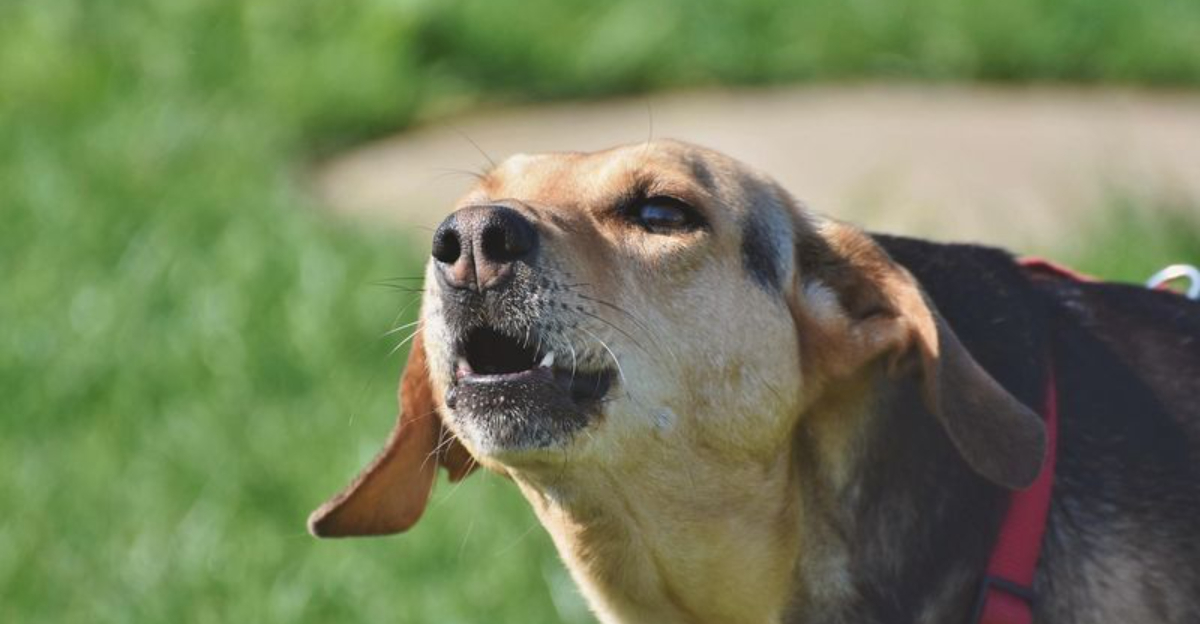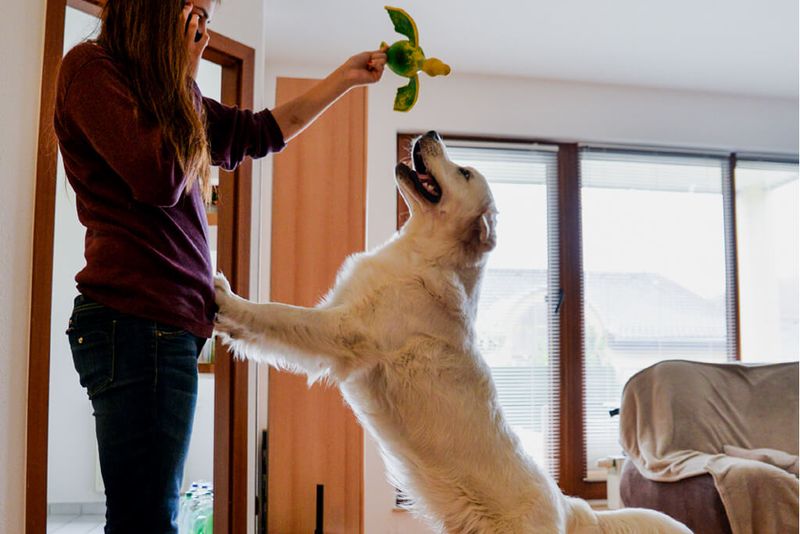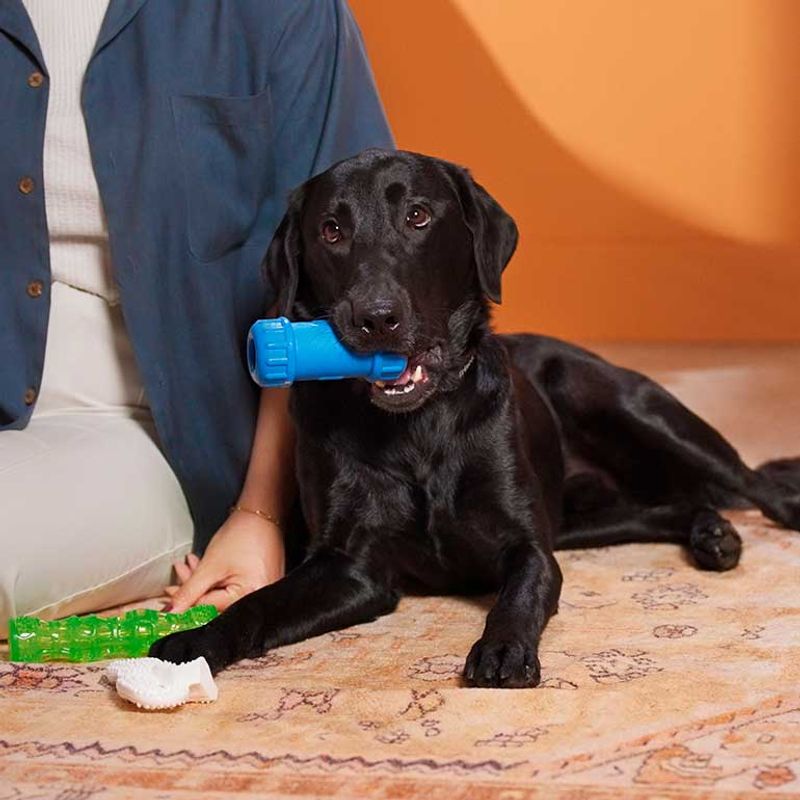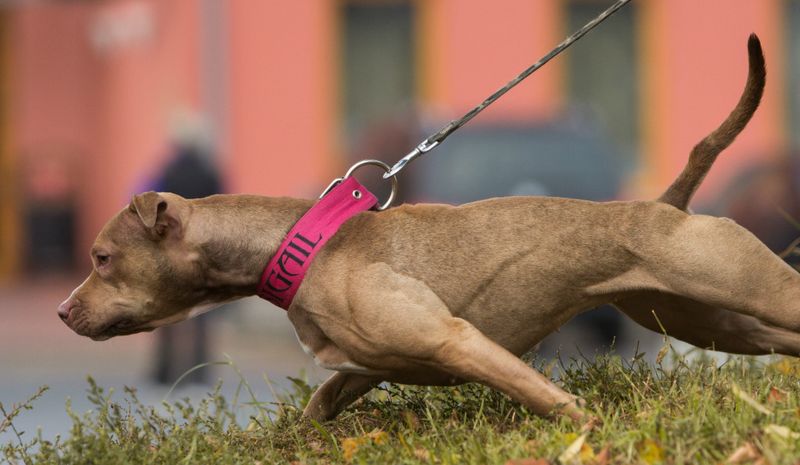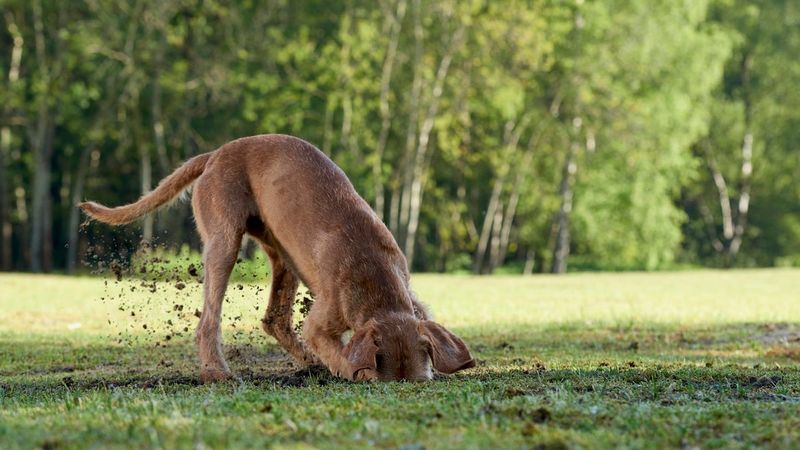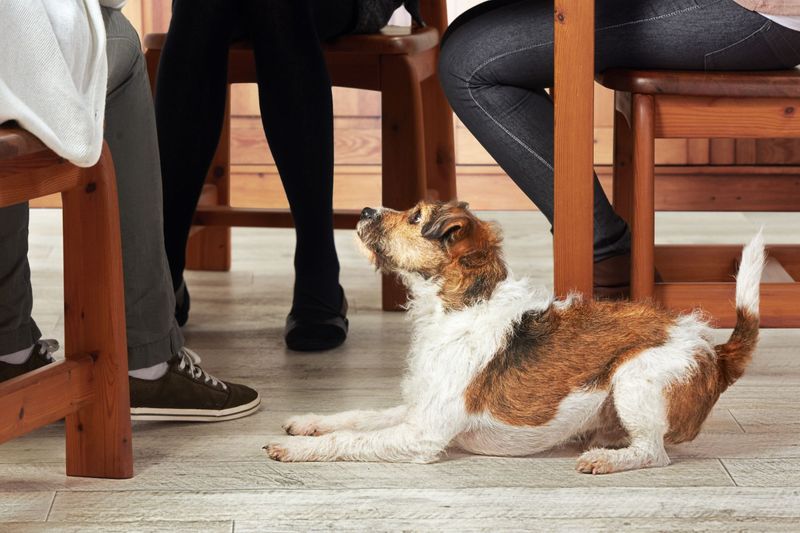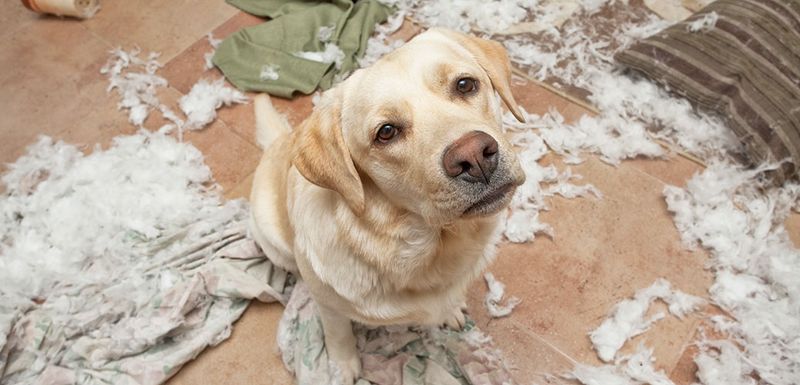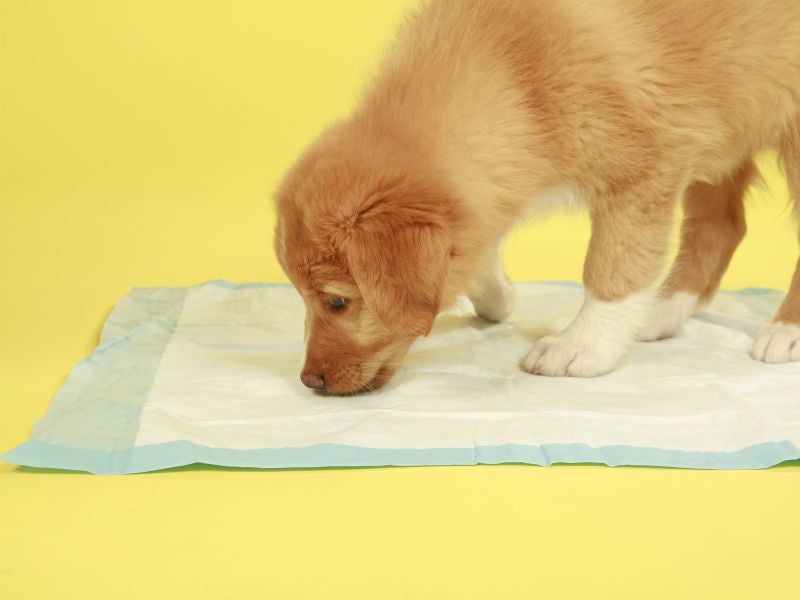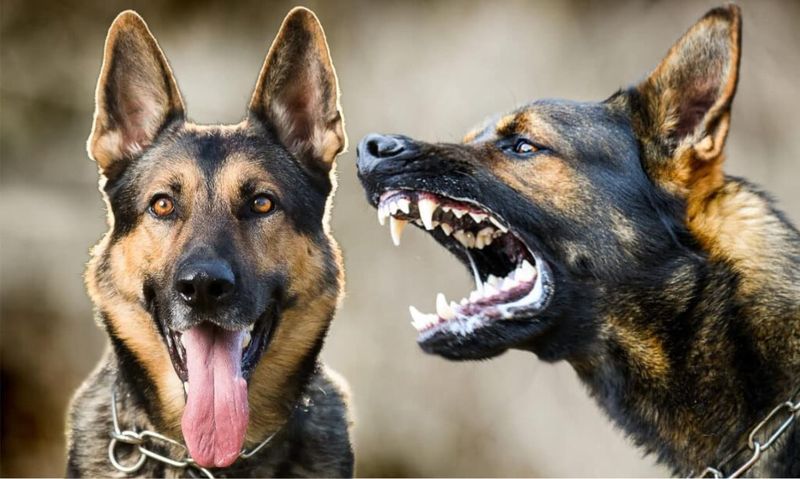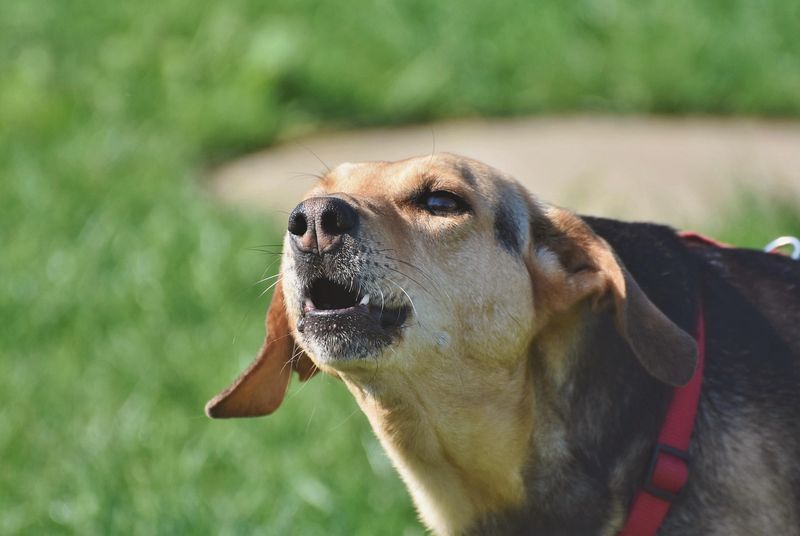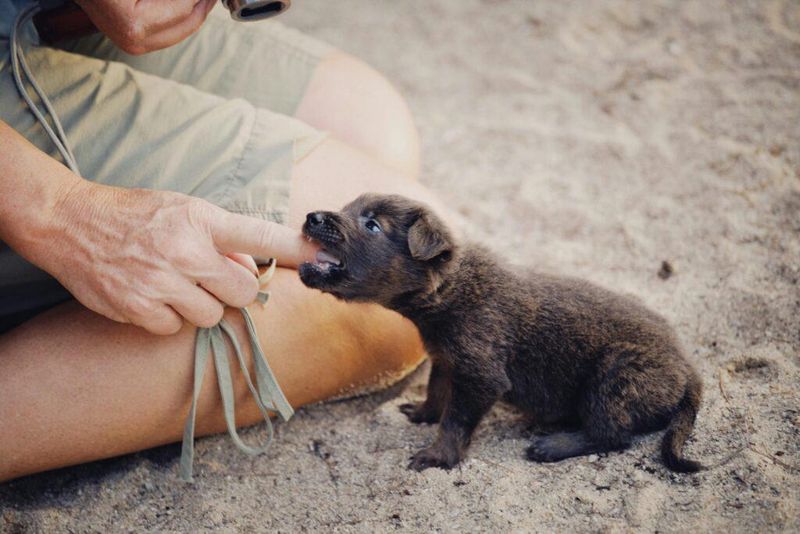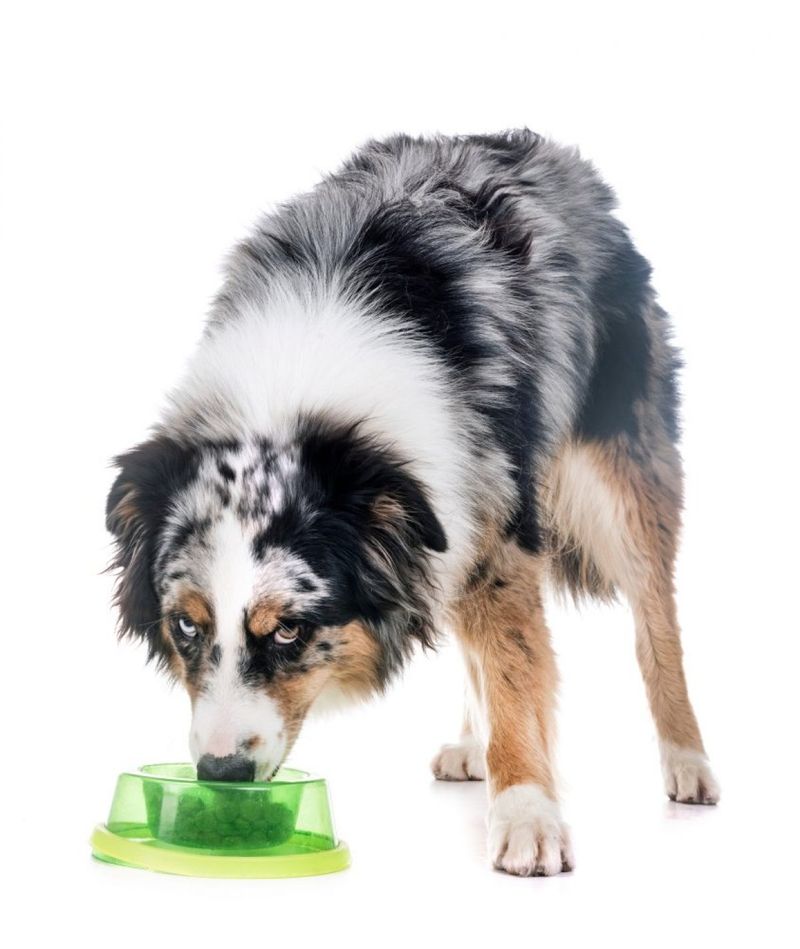Owning a dog can be one of the most rewarding experiences in life, but sometimes, their behaviors can test even the most patient of owners. From incessant barking to destructive chewing, certain habits can turn a loving pet into a challenging roommate. Thankfully, with a little patience and the right techniques, these common issues can be addressed effectively. Here, we explore 13 quick fixes for those annoying canine behaviors, helping you restore harmony in your home.
Barking at Strangers
A stranger approaches, and your dog erupts in a barking frenzy. This common issue can be mitigated with consistent training. Begin by identifying the trigger and rewarding the dog for remaining calm. Use treats and verbal praise to reinforce positive behavior. If your dog continues to bark, try redirecting its attention with a favorite toy.
Another technique involves teaching the command “quiet.” Start in a controlled environment and gradually introduce distractions. This approach helps the dog associate silence with rewards. Patience is key, and over time, your dog will learn to greet strangers calmly.
Jumping on Guests
Imagine guests arriving, only to be greeted by a jumping bundle of energy. Training your dog not to jump begins with consistency. Teach the “sit” command as an alternative greeting behavior. Reward the dog for sitting when guests arrive. This creates a positive association with staying grounded.
In addition, ignore the dog when it jumps, only providing attention when all four paws are on the ground. Consistency among family members is crucial for success. Over time, this discourages jumping and encourages calm behavior, making guest visits pleasant for all involved.
Destructive Chewing
Chewing is a natural behavior, especially for puppies, but it becomes an issue when directed at your belongings. Provide appropriate chew toys to satisfy this instinct. Rotate the toys regularly to keep the dog’s interest.
Redirect the dog’s attention when caught chewing inappropriate items. Use deterrent sprays on furniture to discourage biting. Supervision and confinement in a safe area when unsupervised can prevent destructive behavior. Chewing is often a sign of boredom, so ensure your dog receives adequate exercise and mental stimulation daily.
Pulling on the Leash
Walking should be enjoyable, but leash pulling can make it a struggle. A no-pull harness can be an effective tool to curb this behavior. Practice leash training by stopping when the dog pulls, only moving forward when the leash is slack.
Incorporate commands like “heel” to teach the dog to stay by your side. Consistency and patience are essential. Gradually increase distractions during training sessions to improve focus. Regular practice will lead to enjoyable, stress-free walks for both dog and owner.
Digging in the Yard
Dogs dig for various reasons, including instinct, boredom, or to escape. Designate a specific digging area in the yard to channel this behavior. Bury toys or treats there to encourage use.
When your dog digs elsewhere, redirect it to the approved area and reward compliance. Understanding the root cause of digging, such as anxiety or boredom, can guide your strategy. Provide ample exercise and consider enrichment activities to keep your dog’s mind active, reducing the urge to dig.
Begging at the Table
Few things are more annoying than a dog begging during meals. Prevent begging by training your dog to stay in a designated spot during meal times. Use commands like “stay” and reward the behavior with treats.
Consistency is vital; ensure family members and guests do not feed the dog from the table. This reduces reinforcement of the begging behavior. Over time, the dog will learn that staying in its spot earns rewards, while begging does not.
Separation Anxiety
Separation anxiety can lead to destructive behavior when dogs are left alone. Create a comforting environment with familiar toys and a cozy bed. Gradually increase the time spent apart to help the dog adjust.
Consider interactive toys that provide mental stimulation. Training sessions that focus on desensitizing the dog to departure cues can also help. Sometimes, professional assistance from a behaviorist is necessary. Patience and understanding are key to helping your dog feel secure when alone.
Peeing Indoors
Indoor accidents can test patience. Establish a regular schedule for bathroom breaks to prevent indoor peeing. Praise and reward the dog for eliminating outside. Pee pads can be useful during this transition.
Supervision is crucial. Watch for signs that your dog needs to go out, such as sniffing or circling. Consistency and routine help reinforce good habits. If accidents continue, consult a vet to rule out medical issues.
Aggression towards Other Dogs
Aggression towards other dogs can be managed with patience and training. Start by keeping a safe distance and rewarding calm behavior. Gradually decrease the distance while maintaining control.
Clicker training and treats help reinforce positive interactions. Understanding the cause of aggression, whether fear or dominance, guides the approach. In severe cases, consulting a professional trainer or behaviorist may be required.
Excessive Barking
Excessive barking can disturb peace. Identify the cause, such as boredom or alertness, to tailor the solution. Training the “quiet” command with treats can reduce noise. Positive reinforcement for silence is effective.
Ensure your dog gets enough exercise and mental stimulation to curtail boredom-induced barking. In some cases, addressing underlying anxiety or fear may be necessary.
Nipping and Play Biting
Nipping and play biting, common in puppies, require redirection to acceptable behavior. Teach bite inhibition by yelping and withdrawing play when bitten. This mimics how littermates communicate.
Offer chew toys instead of fingers during play. Consistent training and patience can deter nipping. As the puppy matures, the behavior should diminish with proper guidance.
Resource Guarding
Resource guarding, where a dog protects food or toys aggressively, needs careful handling. Begin by teaching the “leave it” command and reward compliance. Use treats to encourage sharing and reduce the need to guard.
Gradually introduce high-value items in controlled environments to practice sharing. Patience and positive reinforcement help the dog feel secure without resorting to guarding behavior.
Fear of Loud Noises
Fear of loud noises, such as thunderstorms or fireworks, is common in dogs. Create a safe space with comforting items like blankets or a pet bed. Play soft music to mask external sounds.
Gradual desensitization can reduce fear over time. Start with low-level recordings of the noise, rewarding calm behavior, and slowly increase the volume. This helps the dog build tolerance and reduces anxiety.
